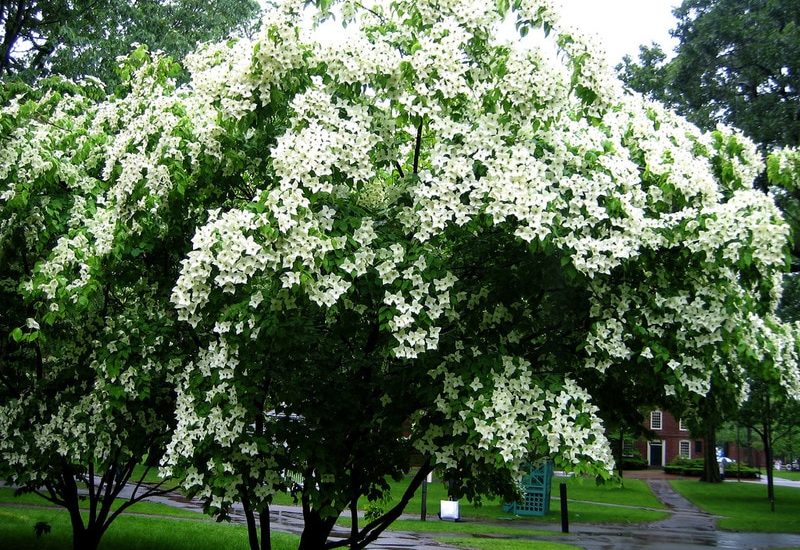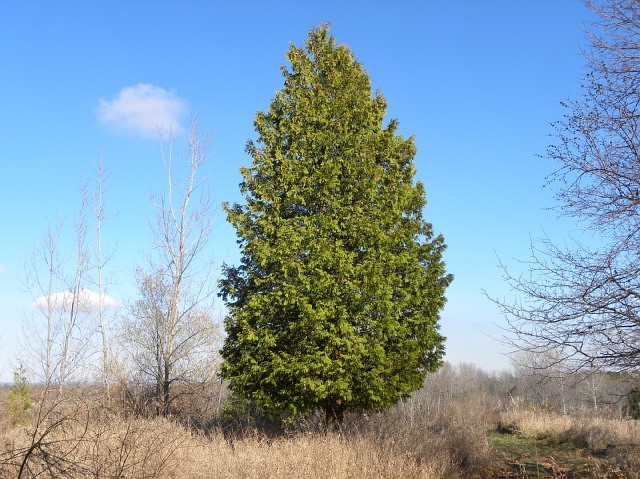Pine Trees in Florida: Species, Characteristics, and Habitat
Pine trees are an important part of Florida’s ecosystem, providing habitat for wildlife and contributing to the state’s economy. Florida is home to several species of pine trees, including the slash pine, longleaf pine, and spruce pine. These trees are well adapted to the state’s climate and play a vital role in maintaining the balance of the local ecosystem.

The habitat of Florida pine trees varies depending on the species. Slash pine, for example, is commonly found in the state’s sandhills and flatwoods, while longleaf pine is typically found in the state’s sandhills and upland forests. Spruce pine, on the other hand, is found in the state’s coastal areas. Each species has its own unique characteristics that make it well suited to its particular habitat.
Florida’s climate is also an important factor in the growth and survival of pine trees. The state’s warm temperatures and high humidity can be challenging for some species, but pine trees are well adapted to these conditions. In fact, many pine species require periodic wildfires to thrive, which are a natural part of Florida’s ecosystem. Overall, Florida’s pine trees are an important and fascinating part of the state’s natural heritage.
Species of Pine Trees in Florida
Florida is home to seven species of native pine trees, each with its unique features and identifying characteristics. These species include Slash Pine, Longleaf Pine, Sand Pine, Loblolly Pine, Shortleaf Pine, Spruce Pine, and Pond Pine. In this section, we will discuss each of these species in detail.
Slash Pine (Pinus Elliottii)
Slash Pine is one of the most common pine trees found throughout Florida. It is a fast-growing conifer that can reach heights of up to 100 feet (30 meters). The identifying features of Slash Pine include its egg-shaped crown, dark blue-green needle leaves growing 5″ to 11″ (13 – 28 cm) long, and ovoid seed cones growing singularly or in pairs. The bark of the Slash Pine is thick and scaly, and the tree produces male and female cones on separate branches.
Longleaf Pine (Pinus Palustris)
Longleaf Pine is a slow-growing pine tree that can reach heights of up to 100 feet (30 meters). It is one of the most commercially important pines in the southeastern United States. The identifying features of Longleaf Pine include its long needles, which can grow up to 18 inches (45 cm) long, and its large, egg-shaped cones. The bark of the Longleaf Pine is reddish-brown and scaly.
Sand Pine (Pinus Clausa)
Sand Pine is a small to medium-sized pine tree that is found in sandy areas throughout Florida. It can reach heights of up to 100 feet (30 meters), but it is more commonly seen in the range of 15-40 feet. The identifying features of Sand Pine include its short needles, which grow in clusters of two, and its small, cylindrical cones. The bark of the Sand Pine is thin and scaly.
Loblolly Pine (Pinus Taeda)
Loblolly Pine is a fast-growing pine tree that can reach heights of up to 100 feet (30 meters). It is one of the most commercially important pines in the southeastern United States. The identifying features of Loblolly Pine include its yellowish-green needles, which grow 6″ to 10″ (15-25 cm) long, and its large, conical seed cones. The bark of the Loblolly Pine is thick and scaly.
Shortleaf Pine (Pinus Echinata)
Shortleaf Pine is a medium-sized pine tree that can reach heights of up to 100 feet (30 meters). It is found throughout Florida and is commonly used for timber. The identifying features of Shortleaf Pine include its short needles, which grow in clusters of two or three, and its small, cylindrical cones. The bark of the Shortleaf Pine is thin and scaly.
Spruce Pine (Pinus Glabra)
Spruce Pine is a small to medium-sized pine tree that is found in wet areas throughout Florida. It can reach heights of up to 80 feet (24 meters). The identifying features of Spruce Pine include its short needles, which grow in clusters of two, and its small, cylindrical cones. The bark of the Spruce Pine is thin and scaly.
Pond Pine (Pinus Serotina)
Pond Pine is a small to medium-sized pine tree that is found in wet areas throughout Florida. It can reach heights of up to 60 feet (18 meters). The identifying features of Pond Pine include its short needles, which grow in clusters of two or three, and its small, egg-shaped cones. The bark of the Pond Pine is thin and scaly.
In conclusion, Florida is home to a diverse range of native pine trees, each with its unique features and identifying characteristics. Understanding these features is essential for identifying and appreciating these beautiful trees.
Ecology and Uses of Pine Trees
Habitat and Growth Conditions
Pine trees are native to Florida and grow well in sandy and loamy soils. They are adapted to a wide range of climates and can tolerate drought and nutrient-poor soils. Pine trees are evergreen, meaning they retain their leaves throughout the year. They have a distinctive crown shape which is cone-shaped and pointed at the top.
Industrial and Commercial Uses
Pine trees have significant commercial value and are used for various purposes. The timber from pine trees is used to make paper and lumber. Pine plantations are a valuable source of pulpwood, which is used to make paper products. Pine trees are also used as ornamental and shade trees in landscaping.
Conservation and Environmental Impact
Pine trees play an important role in wildlife habitat and maintaining the ecological balance of the region. They provide shelter and food for a wide range of wildlife, including birds, squirrels, and insects. Pine trees are also important in preventing soil erosion and maintaining water quality. However, pine plantations can have a negative impact on the environment if not managed sustainably. They can lead to soil degradation, loss of native species, and increased use of industrial chemicals.
Pine trees are native species in Florida and are an important part of the state’s landscape. They are valuable for their commercial uses, including timber, paper, and pulpwood. Pine trees also play an important role in wildlife habitat and maintaining the ecological balance of the region. However, pine plantations can have negative impacts on the environment if not managed sustainably. It is important to balance the commercial value of pine trees with their conservation and environmental impact.


